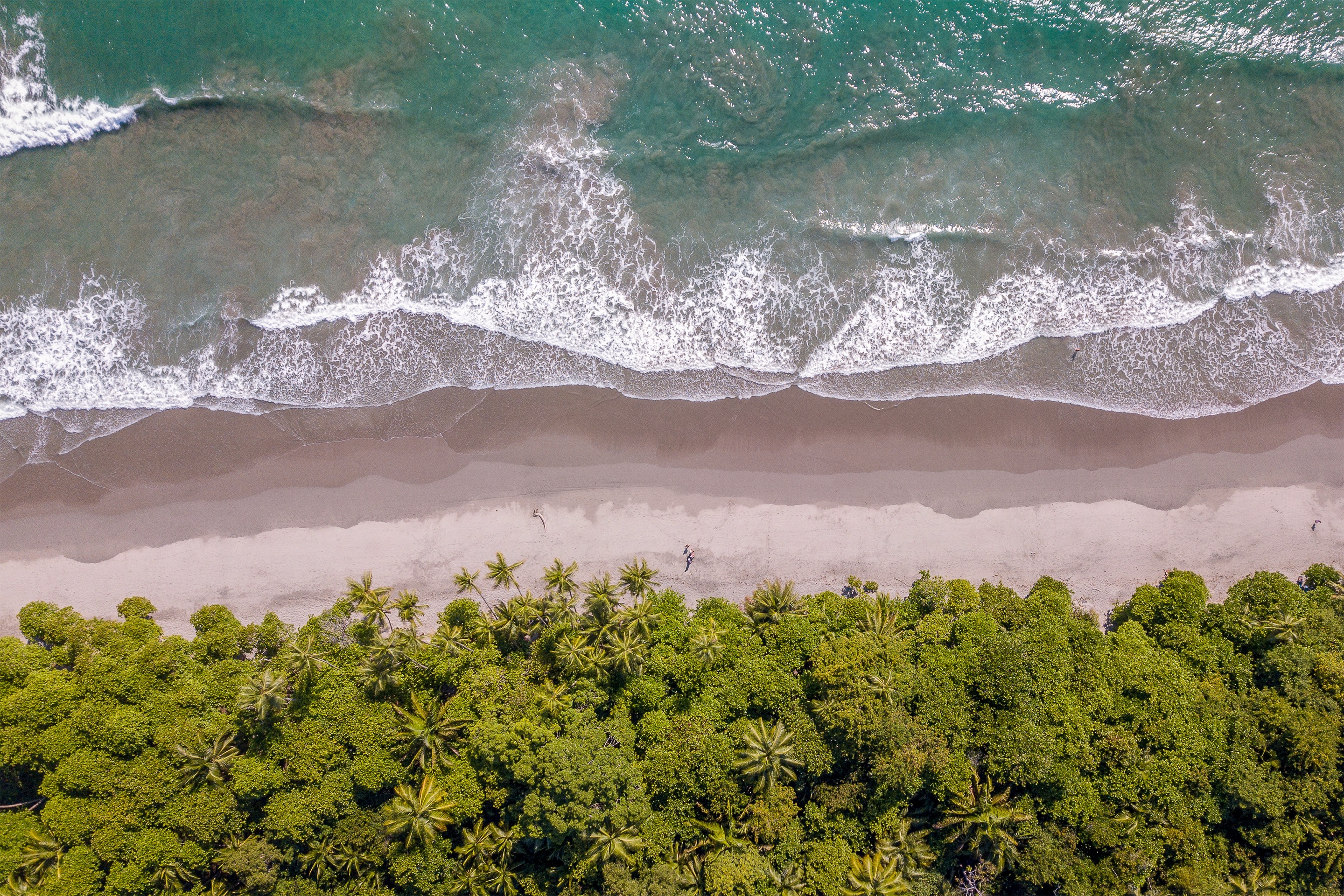Costa Rica is known for its dazzling biodiversity, misty volcanoes, and glowing blue rivers. But beyond the beauty lies another layer that makes this country extraordinary: its legends. For generations, Costa Ricans have told stories that explain the mysteries of the land — why a river shines turquoise, how a bird leads people into the forest, or why a volcano carries the name of a woman who lived on its slopes.
These tales aren’t just spooky stories. They are part of Costa Rica’s cultural heritage, shaped by indigenous traditions, Spanish colonial history, and centuries of storytelling around firesides and family gatherings. For visitors, they add a layer of wonder to hikes, waterfalls, and night walks, transforming a scenic view into something alive with myth and meaning.
Here are some of Costa Rica’s most enchanting nature-inspired legends — stories that bring rivers, volcanoes, birds, and trees to life.
Río Celeste: The River That Was Painted
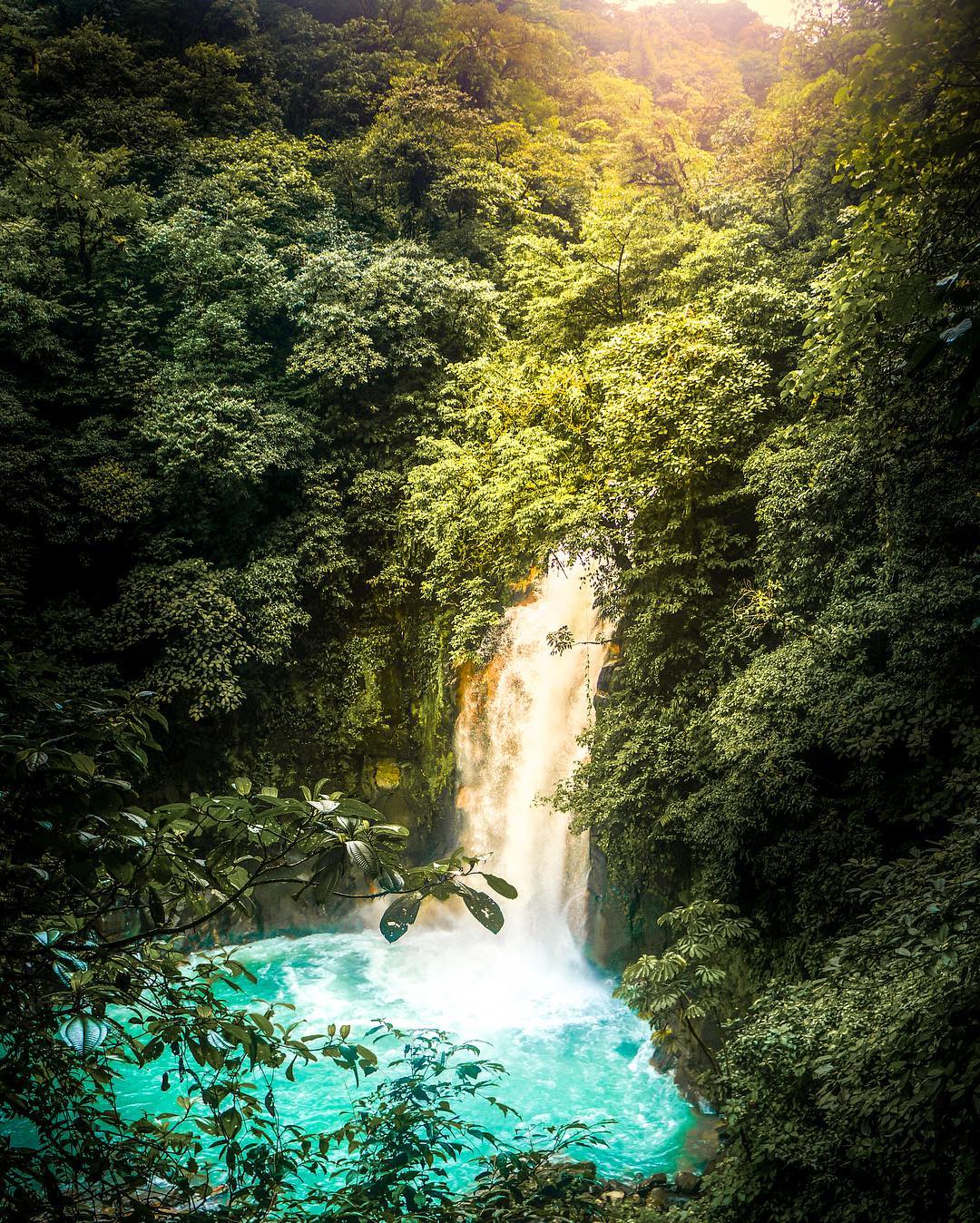
Few natural wonders in Costa Rica are as striking as Río Celeste, a river so vividly blue it looks like it’s been Photoshopped. Scientists explain the color as a natural phenomenon caused by volcanic minerals suspended in the water. But the local story is much more magical.
According to legend, when God finished painting the sky, he washed his brushes in this river. That final dip of the brush left the water glowing turquoise, a lasting reminder of creation.
Today, when visitors hike through Tenorio Volcano National Park and arrive at the Río Celeste waterfall, it’s easy to understand why this legend took root. The water glows like something out of a fairytale, and the story makes the view feel even more enchanted.
Rincón de la Vieja: The Old Woman of the Volcano
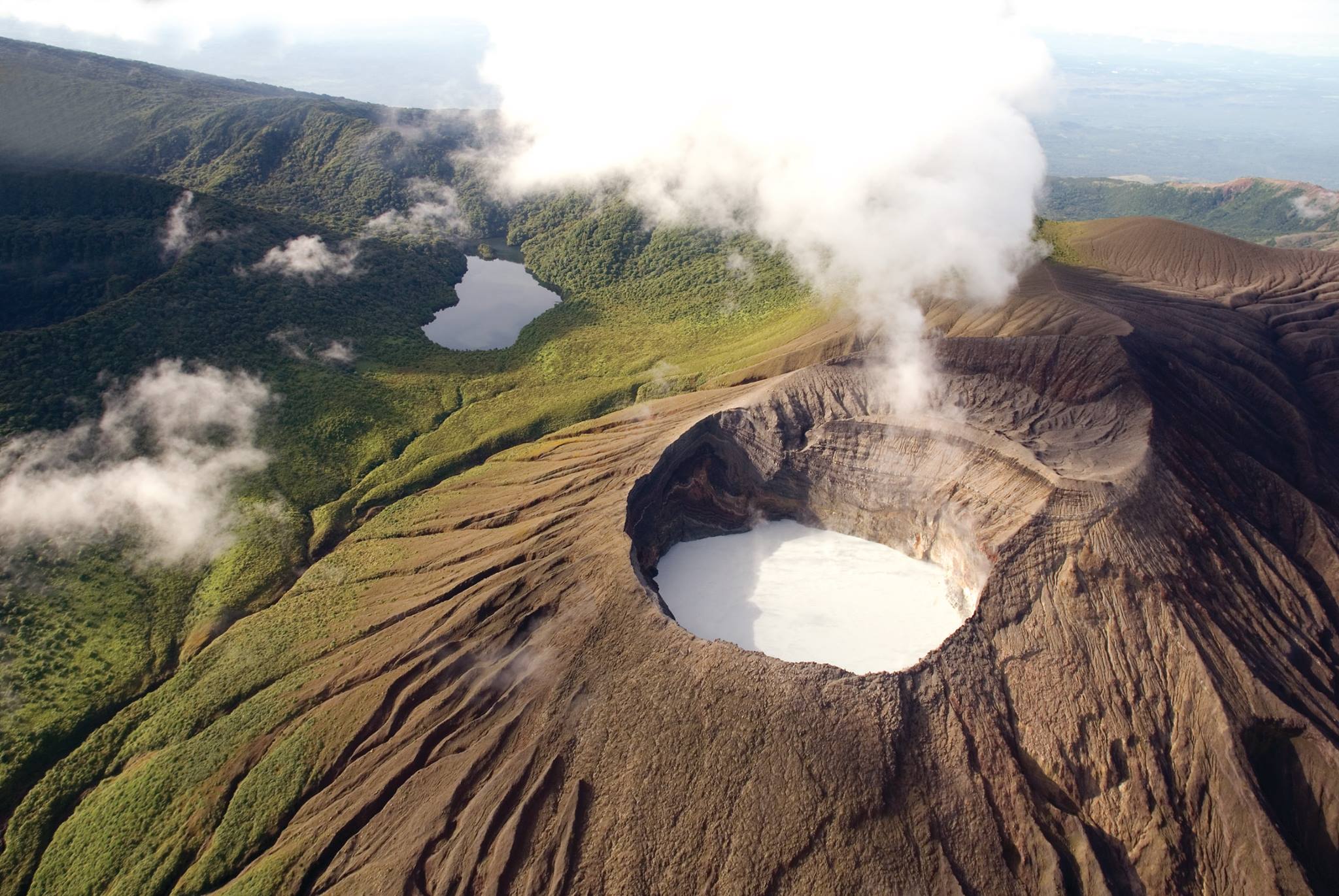
Rincón de la Vieja, one of Costa Rica’s most active volcanoes, literally means “Corner of the Old Woman.” Its name comes from a legend of love, loss, and transformation.
The story tells of a young woman from an indigenous tribe who fell in love with a warrior from a rival group. When her father discovered the relationship, he forbade it and killed the young man. Grief-stricken, the woman fled to the volcano, where she lived in solitude as a healer, offering herbal remedies and wisdom to those who sought her out.
Even today, locals say her spirit lingers in the bubbling mud pots, steaming fumaroles, and hot springs that dot the slopes of Rincón de la Vieja. Walking through the park, with its boiling volcanic vents and sulfuric mist, it’s easy to imagine the presence of a wise woman watching over the land.
Ceiba: The Tree of Life
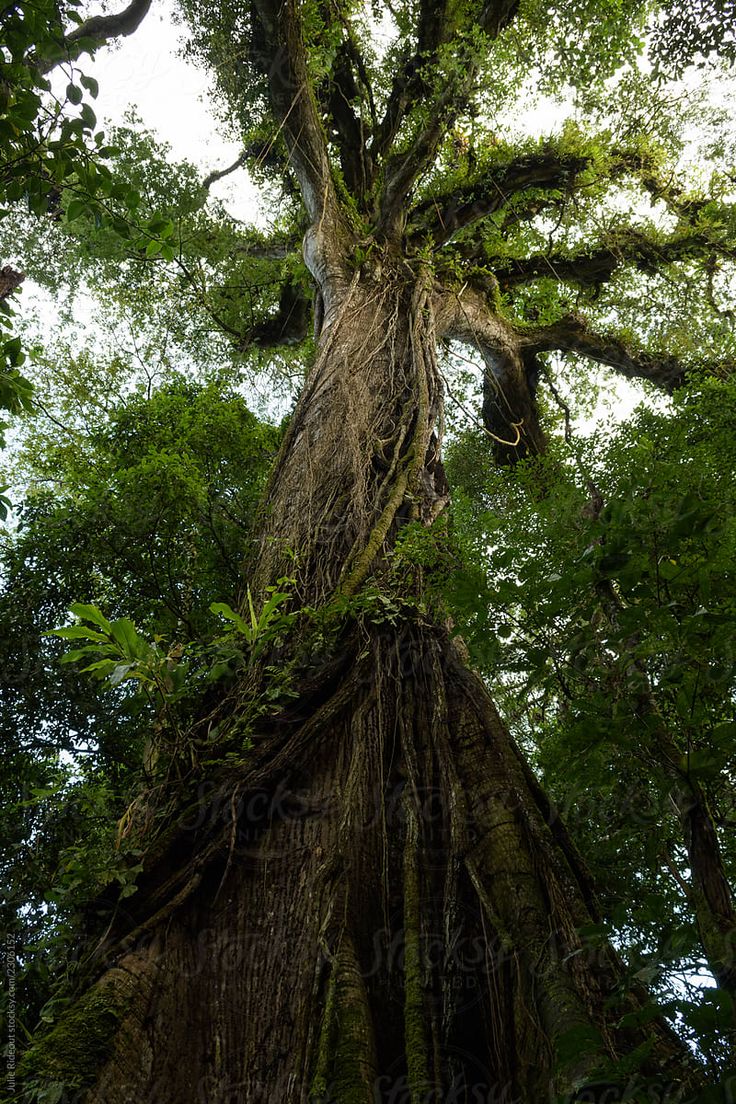
Towering above the rainforest canopy, the ceiba tree is one of Costa Rica’s most majestic giants. It’s also one of the most legendary.
For many indigenous cultures in Central America, the ceiba was considered the tree of life. Its roots reached into the underworld, its sturdy trunk supported the earth, and its branches touched the heavens. It was seen as a bridge between worlds — a living connection between people and the spirit realm.
Even today, standing beneath a ceiba tree feels powerful. Their massive buttress roots form natural alcoves, their branches stretch impossibly wide, and their presence dominates the forest. For kids, it’s a chance to step into a real-life “fairy tale tree.” For adults, it’s a reminder of the deep respect people have always had for nature here.
The Cuyeo: A Bird that Leads You Astray
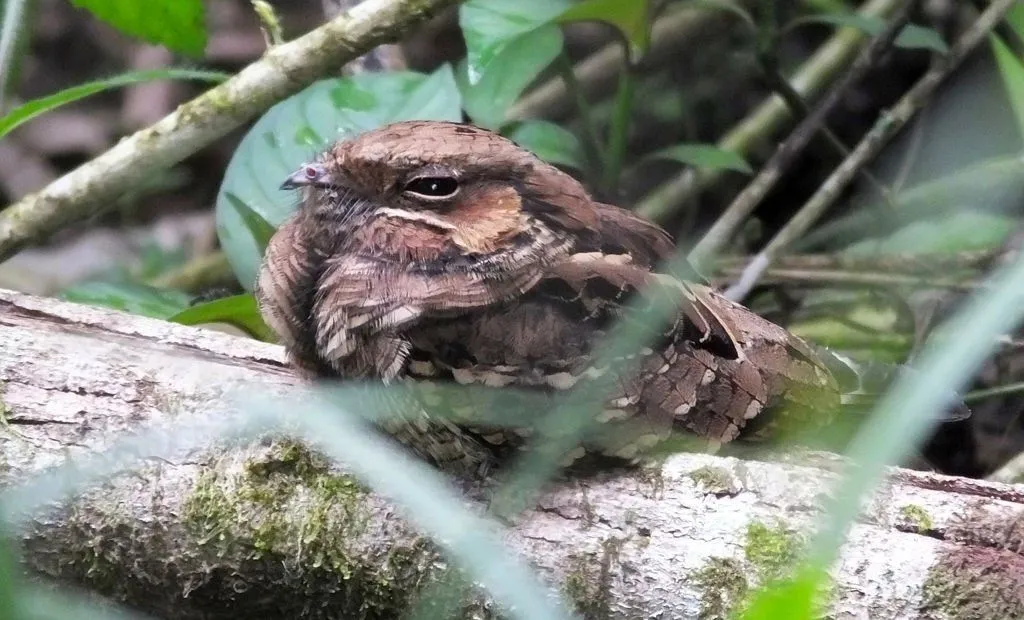
Not all legends are tied to mountains or rivers. Some are about creatures so ordinary you might not even notice them — like the cuyeo, or common pauraque.
This nocturnal bird often perches on the ground. When people approach too close to its hidden nest, it hops or flies just a few meters away, only to repeat the behavior again and again. To an observer, it looks like the bird is leading them deeper into the forest.
Over time, this inspired the myth that the cuyeo lures wanderers — especially curious children — off the trail. In reality, the bird is simply protecting its nest. But the story remains a playful way to teach kids an important lesson: don’t stray from the path, and don’t follow mysterious bird calls into the night.
Irazú: The Thunder and Earthquake Mountain
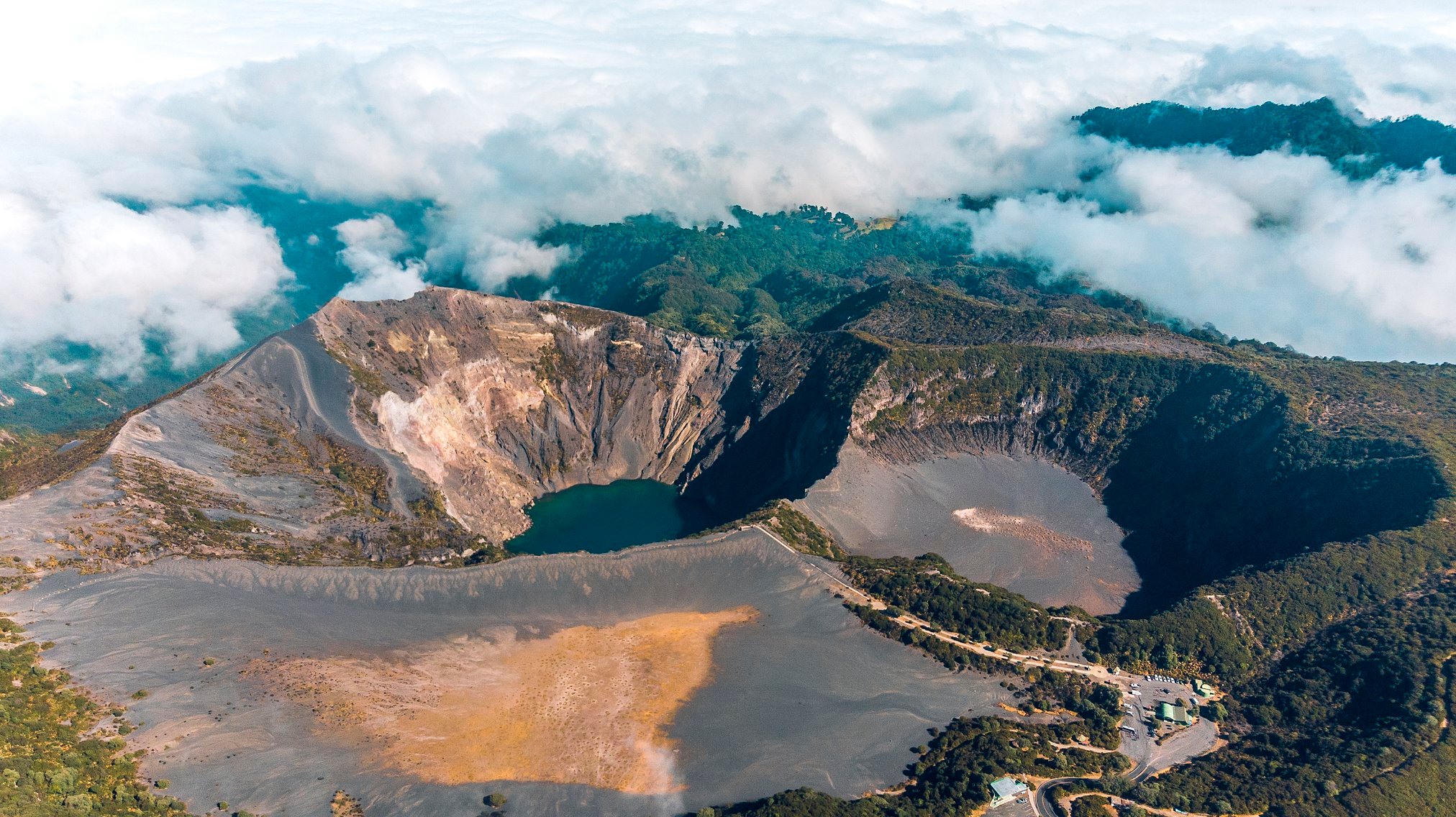
High above the Central Valley, Irazú is one of Costa Rica’s most imposing volcanoes. Its name comes from an indigenous word meaning “thunder and earthquake mountain.”
For centuries, people believed Irazú’s eruptions were signs from the gods. To keep the volcano calm, offerings were thrown into its crater as a form of appeasement. With its jagged peaks and otherworldly green crater lake, it’s no wonder people imagined it as a portal to another world.
Standing at the summit today, the view stretches all the way to both coasts on a clear day. But looking down into its misty crater, it’s easy to see why ancient legends describe it as both powerful and divine.
Legends That Teach and Connect
What makes these legends so special is how they reflect the relationship between people and the natural world. A glowing river isn’t just a chemical reaction — it’s a divine paintbrush. A mysterious bird isn’t just defending its nest — it’s a cautionary tale. A volcano isn’t just geology — it’s alive with spirits.
For families visiting Costa Rica, these stories add a new layer of magic to each adventure. A hike isn’t just exercise — it’s a walk through a living storybook. A night tour isn’t just about spotting frogs and bats — it’s about entering the world of creatures that inspired myths. And a towering ceiba tree isn’t just a photo opportunity — it’s a reminder of ancient connections between earth and sky.
Experiencing the Legends in Costa Rica
Want to experience these stories firsthand? Here’s where to go:
- Río Celeste: Hike to the waterfall in Tenorio Volcano National Park for the most stunning view of the turquoise waters.
- Rincón de la Vieja: Explore the volcanic trails, mud pots, and hot springs in Guanacaste — and listen for whispers of the old woman in the steam.
- Ceiba Trees: Look for ceiba giants in national parks like Palo Verde or Carara, or even along rural roadsides.
- Cuyeo Night Bird: Join a night walk in Monteverde or Sarapiquí, where you might spot this elusive bird and hear its eerie calls.
- Irazú Volcano: Drive to the summit near Cartago for sweeping views and a peek into the crater lake.
Guides often weave these legends into their tours, making them come alive for visitors. Kids, especially, love hearing the stories behind what they’re seeing.
Legends That Live On
Costa Rica’s nature-inspired legends are more than just stories. They are cultural bridges that connect people to the land, to their history, and to each other. For travelers, they transform a vacation into something more meaningful: a journey through myths that still live in rivers, volcanoes, trees, and night birds.
So the next time you’re standing at the edge of a glowing blue river, listening to the calls of a mysterious bird, or watching steam rise from a volcano, remember — you’re not just in Costa Rica. You’re standing in the middle of a legend.
Ready for your Costa Rica adventure? Let’s plan your trip!


